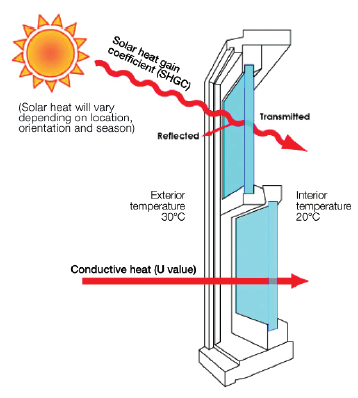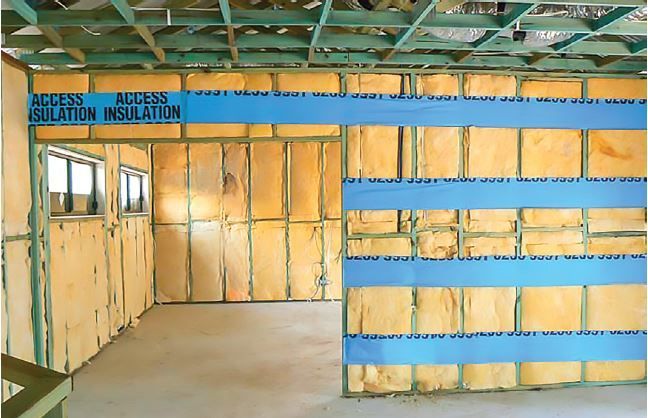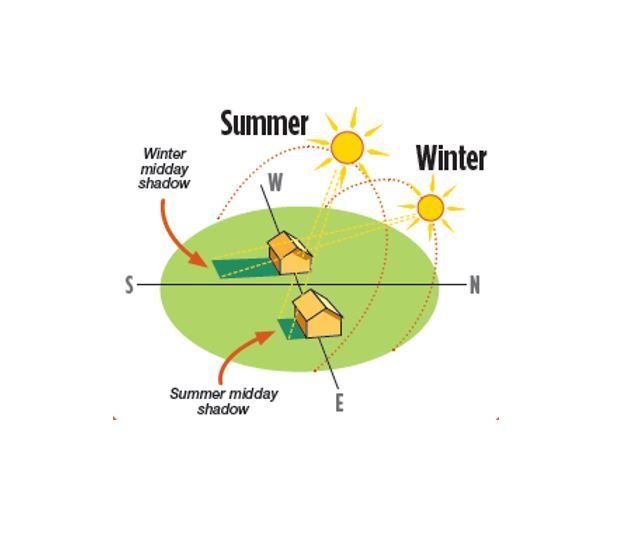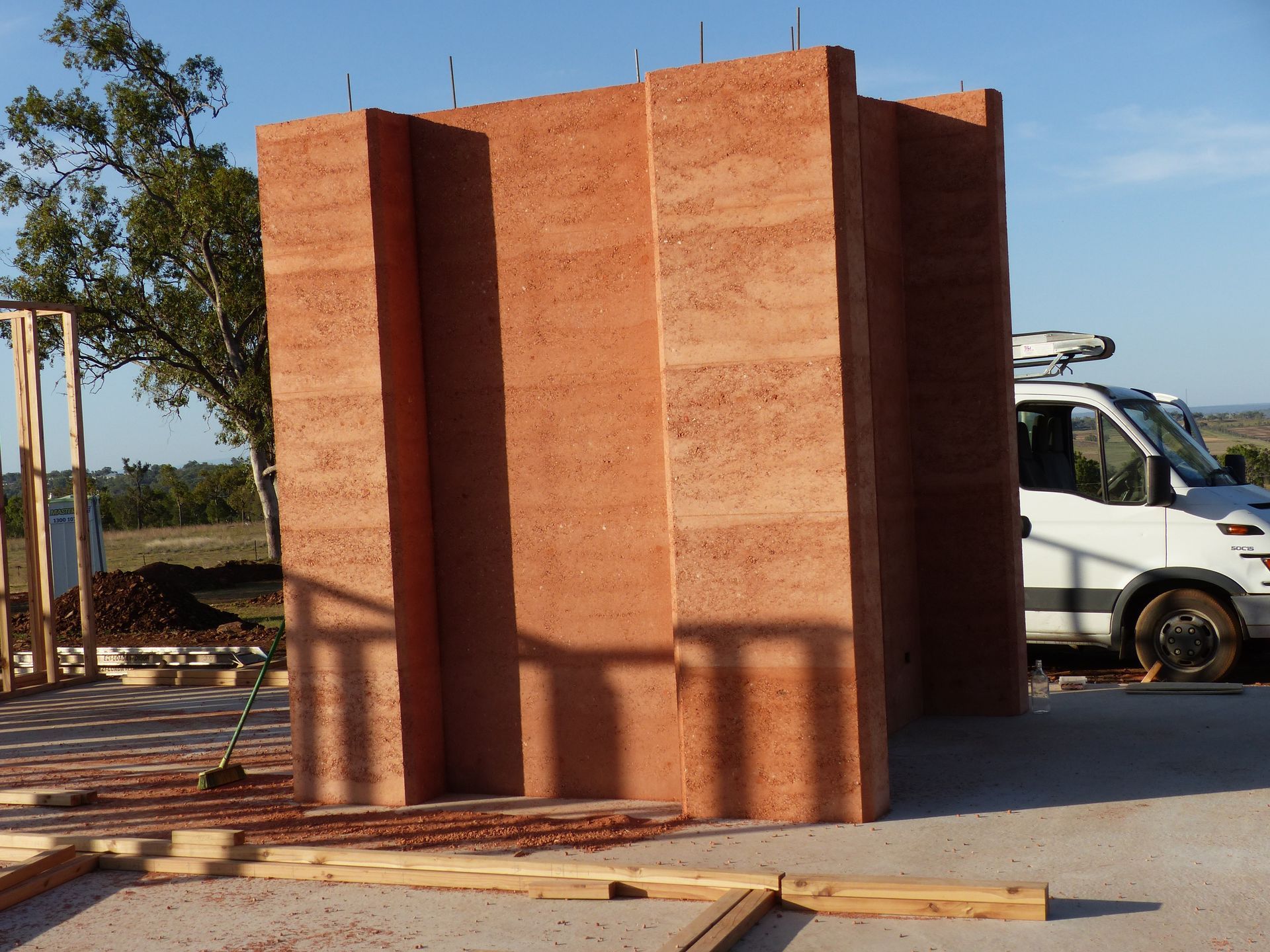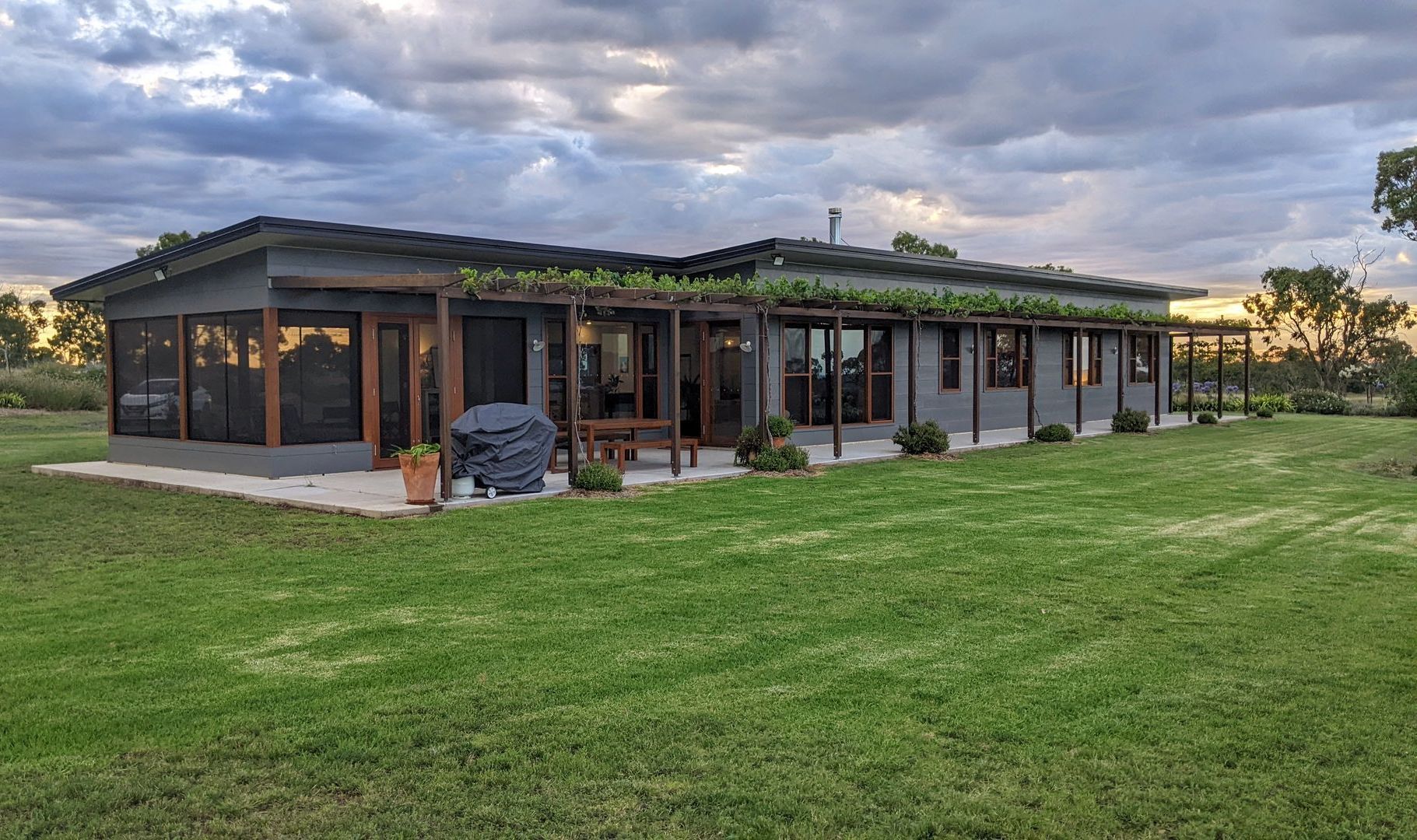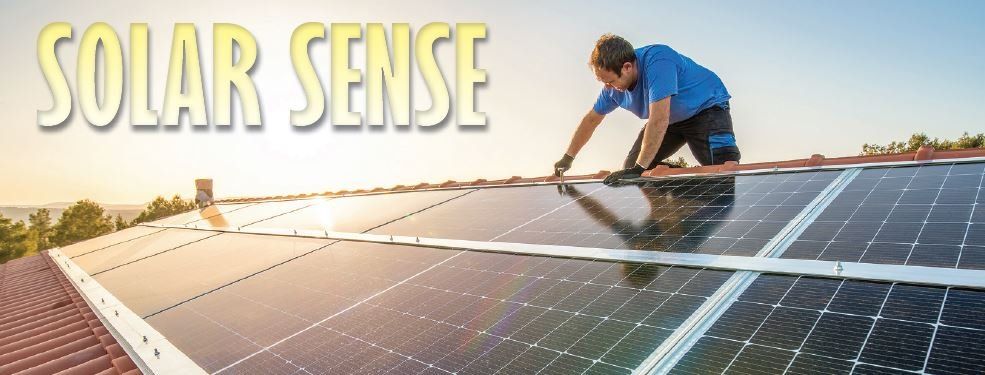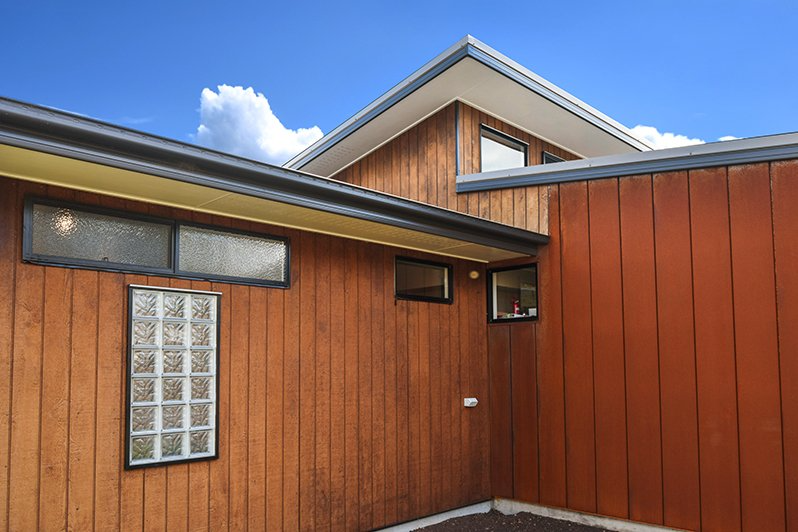Solar Sense
Earlier this year we started discussing your options for improving the sustainability outcomes of your home design and construction. If you’ve been following these Style magazine articles, you will understand that with Smart Design we can achieve a very energy efficient home.
To make your home even less dependant on external energy suppliers — and therefore cheaper to run — here’s a brief description of just one of the renewable energy sources readily available.
Solar photovoltaic (PV) systems generate electricity from sunlight and — no surprise — Australia is an ideal location. In fact, one-in-four householders throughout Australia now have solar panels on their roof, the highest uptake of household solar in the world (Clean Energy Regulator, 2020). By installing solar panels, you can reduce both your ongoing energy bills and your greenhouse gas emissions. Before you install a solar (PV) system there many things to consider.
Here are just four to start:
1. It is important to get the right sized system for your household. Don’t go too big or too small. Most households install a 3-5kW system (depending on a household’s particular circumstances, such as electricity consumption or rebates available).
2. The position and angle of the solar panels will affect their efficiency — how much electricity they’ll actually produce.
3. Financial considerations for buying a solar PV system include the upfront cost, any rebates and incentives, money saved on energy bills, and money earned through Feed In Tariffs (if available). This depends on your individual circumstances.
4. The payback period for solar PV systems is generally between four and eight years for most Australian homes.
A Solar PV system has two main components: the solar panels and the inverter. Every solar panel has solar ‘cells’ containing silicon, which converts sunlight to direct DC electricity through the photovoltaic effect. This DC electricity produced by the solar panels is converted into AC electricity by the inverter, for use in your home.
There are a few other key things to consider as well before purchasing a solar PV system, to ensure you are getting value, and selecting the system right for your needs. Make sure the system comes from a recognised manufacturer and has a good warranty coverage. The system should be listed by the Clean Energy Council as an approved module and is installed by an accredited installer with proven experience. There are lots of big promotions out there... if the deal seems too good to be true, then it probably is — see the Scamwatch website for advice on avoiding solar scammers.
The size of a solar PV system is measured in kilowatts (kW). The amount of energy generated over time is measured in kilowatt hours (kWh). Most homes will be suited to a 3-5kW system (1kW of solar panels produces around 4kWh of electricity per day, and a typical home uses 15-20kWh per day).
However, an energy efficient home — which is what we are constantly pushing — will use much less energy at under 10kWh per day. This is where your cost savings really begin to add up.
If you have followed our suggestions over the last few months in the design of your new home, you will only require a smaller, cost-efficient solar PV system to offset all the energy you require.
If you would like to know more details about this subject, please arrange a time to visit me at my Design Centre at 20 Stradbroke Street, Toowoomba.
On our website www.geoffgibsonhomes.com.au — in the news section — you can find previous Style articles for your reference.
— Geoff Gibson
